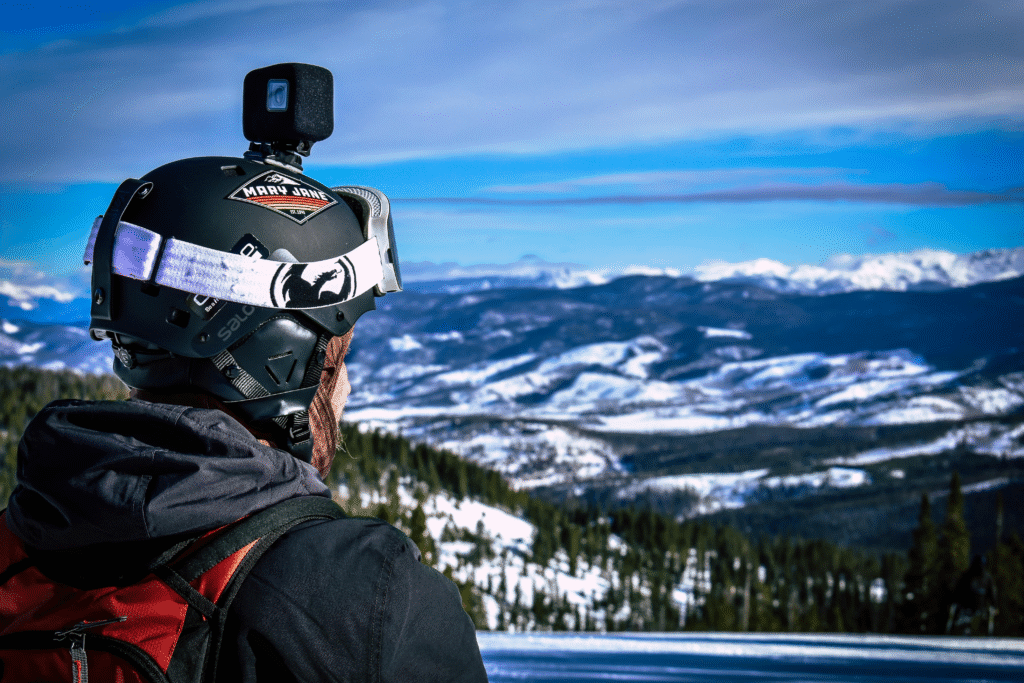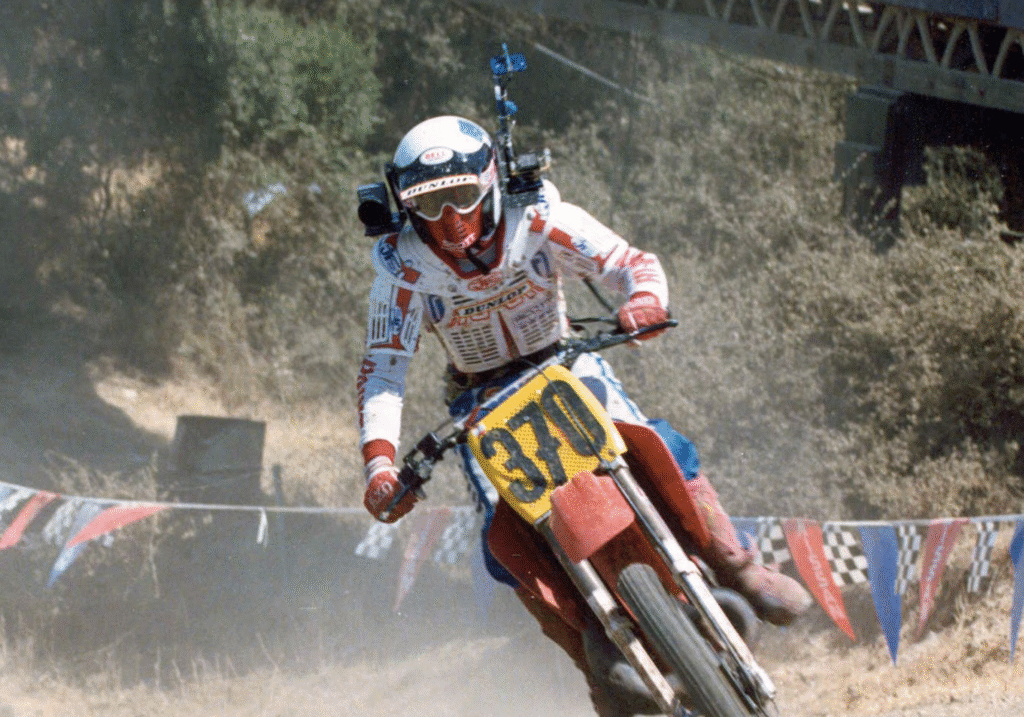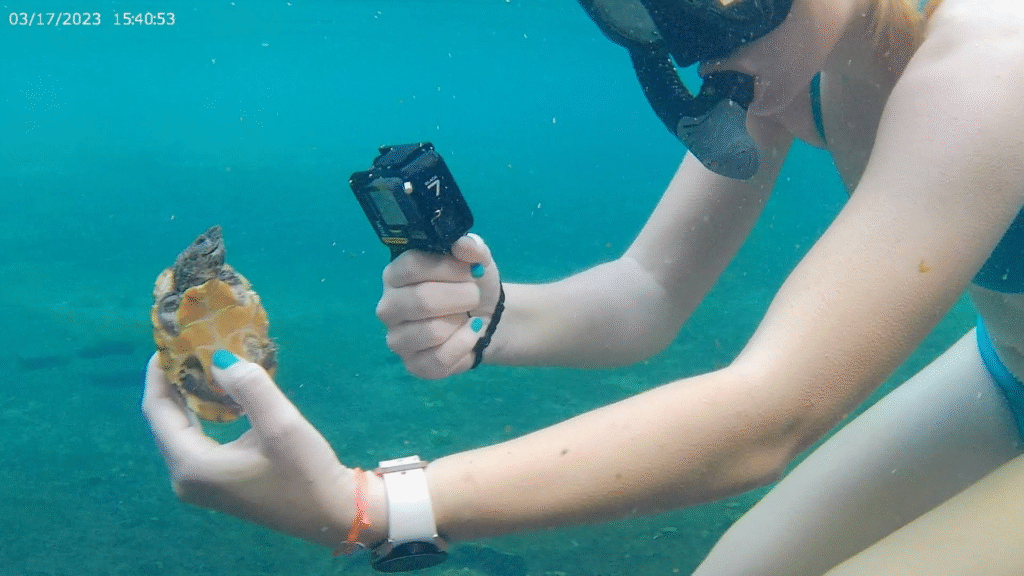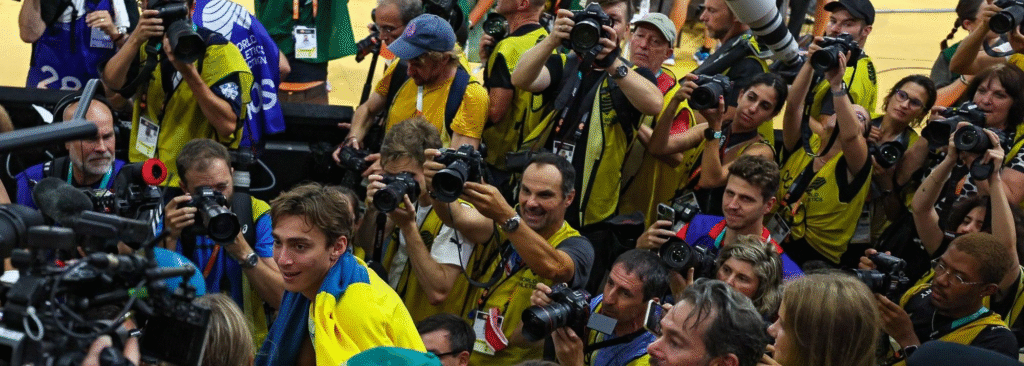The small box that clips to a helmet, wetsuit, skateboard, or chest plate has quietly redrawn the map of modern sport. The action camera began as a niche tool for adrenaline seekers, but in less than two decades it has become central to how athletes train, how sponsors find stars, how fans consume extreme moments, and how entire industries think about risk, rights, and revenue. This is not a gadget story. It is a story about visibility, verification, and the shifting power between broadcasters, athletes, and audiences.

The first generation of action cams put the camera where traditional cinema could not. Lightweight, rugged, waterproof and capable of being mounted in dozens of creative ways, these devices invited new perspectives. Suddenly viewers could feel the speed of a downhill mountain bike run, the whirl of a snowboard halfpipe, or the raw acceleration of a sprint from the athlete’s own point of view. The visual grammar of sport changed. POV, split second impact, and immersive close calls replaced long panning shots and detached commentary as the defining imagery of many action disciplines.
For athletes the impact has been practical as well as aesthetic. Coaches now use helmet and chest mounted footage to diagnose technique at frame by frame speed. A surfer can review the exact body posture on the lip of a wave. A cyclist can inspect their head position going into a corner. Coaches pair action cam clips with telemetry and heart rate data to make more nuanced interventions. Where once a coach had to rely on memory and a handheld camera, athletes now accumulate precise, repeatable evidence of what worked and what did not. The result is faster iteration, safer progression, and in many sports, measurable gains.

Action cameras have also reshaped scouting and talent pathways. Raw, well edited footage posted to social platforms is a form of audition. For emerging athletes who may not have access to elite competitions or agents, a viral clip can replace an expensive scouting trip. That has flattened, to some degree, traditional gatekeeping. Talent managers, sponsors and even national federations are watching social feeds for the next breakthrough clip. The consequences are mixed. On the positive side, more athletes can be seen and supported sooner. On the negative side, the pressure to produce highlight reels can favour spectacle over consistent development, and it can push athletes to attempt riskier moves to generate attention.

Sponsorship and commercial relationships have realigned around this new visibility. Brands that once bought airtime with broadcasters increasingly invest in creators, athletes, and micro communities. Action cams have accelerated this trend because they allow sponsors to own authentic content cheaply and quickly. A short sequence of a driver clipping a apex or a climber topping out, captioned and cross posted on Instagram and TikTok, can generate reach that traditional ads cannot match. For smaller brands, working directly with athletes who create this content provides targeted access and measurable engagement. For larger brands, it is a way to anchor storytelling to personal narratives, which audiences tend to trust more.
The technology itself has matured rapidly. Early models struggled with shaky footage and limited low light performance. Today, sophisticated stabilization, high dynamic range sensors, and compact lenses produce crisp images that are broadcast quality. Manufacturers have refined battery technology and mounting systems, making continuous capture more feasible. Some action cams now integrate with live streaming, allowing athletes to share first person perspectives in near real time. That capability raises new possibilities and new headaches. Live helmet cams can transform a race broadcast, but they also complicate rights negotiations and safety protocols, as broadcasters, teams and platforms wrestle with who controls the feed and how it can be monetised.
That negotiation over control is one of the sport industry’s central debates. Traditional broadcasters built businesses on exclusive broadcast rights. Action cams and athlete-driven content sit in a different model, closer to user generated media. When an athlete streams from a chest cam during competition, how does that content intersect with a television producer’s exclusive rights? Different sports and rights holders answer this question in different ways, but the tension is consistent. Some federations and leagues restrict helmet cams in competition to protect rights agreements. Others broker deals that allow controlled in-venue streaming in exchange for revenue shares or promotional value. The balance between openness and commercial protection will be decisive for how much athlete-led media can coexist with established broadcast models.
There are also safety and ethical questions.

Mounting a camera to protective equipment may alter its behaviour in a crash, and while manufacturers design with safety in mind, the regulatory standards remain fragmented. Governing bodies must decide whether to permit body cams in competition and if so under what conditions. Privacy is another issue. Action cams capture everything in front of them, and at events that can include minors, private spaces, and non-consenting bystanders. Sports organisations and athletes will need clear protocols about consent, editing and storage, especially where footage might include medical incidents or sensitive personal moments.
The data dimension should not be overlooked. Action cam footage is a rich, time stamped visual data stream. When combined with GPS, accelerometer and biometric data, it becomes a powerful tool for performance analysis and even machine learning models. Teams can train models to detect fatigue signatures, to predict when technique will break down under load, or to quantify risk in certain manoeuvres. That analysis can improve safety and performance, but it also creates valuable intellectual property. Teams and brands must decide how that data is shared, who owns derived metrics, and how athlete privacy and commercial interests are protected.
At the grassroots level, action cameras changed the game for clubs and organisers. Amateur competitions can be recorded and edited into highlight reels, improving visibility and sponsorship potential. Coaches without access to professional filming teams can produce decent quality footage that evidences progress and attracts members. Volunteer-run events gain promotional content, legitimising small competitions and creating local stories that feed into larger narratives. For community sport, the action cam is both a documentation tool and a storytelling device, enabling local heroes to be seen.
Action cameras have also shifted the aesthetics of sports media. The POV shot has become shorthand for authenticity. When a fan sees a clip taken from an athlete’s helmet, there is a stronger sense of proximity. That intimacy drives engagement. The flipside is that the relentless appetite for close calls can push editing choices toward the sensational. Responsible editorial judgement remains essential. Outrageous fails and near-misses can drive clicks, but they can also normalise risky behavior if not contextualised with training, preparation and safety messaging.
Finally, the arrival of action cams has had regulatory and legal ramifications. Insurance providers, event organisers and governing bodies evaluate risks differently when first person footage is available. Insurance claims and incident investigations now frequently use action cam footage as evidence. That has improved transparency in some cases, but it also means athletes and organisers must be prepared for footage to be scrutinised in ways that were not possible before. Contractual clauses, waiver language and media policies are all adapting to this new normal.
If there is a single throughline it is this. Action cameras have shifted not only how sport is filmed, but who gets to tell the story. The tool has redistributed agency from television studios to athletes and grassroots organisers. That redistribution is not without friction. It raises questions about rights, revenue, safety and editorial responsibility. It also opens creative possibilities and democratizes visibility in ways that will be hard to reverse.


For readers who make sport or live by it, the challenge is to harness this change thoughtfully. Coaches should treat action cam footage as a record to be interrogated, not a highlight reel to be curated. Rights holders should view athlete-led content as an opportunity, not an existential threat. Brands should prioritise responsible storytelling over short term reach. And regulators should provide clear guidance that balances innovation with safety and privacy.
The action cam is small and cheap compared with the machine of elite sport. Yet its influence has been outsized. It has rearranged workflows, accelerated scouting, reshaped sponsorship, and rewritten expectations about immediacy and authenticity. Most importantly, it has changed who gets to be seen and how. As the technology continues to evolve, the sports industry will need to decide how to balance its disruptive potential with the structures that already underpin competition, safety, and commercial value. The choices made now will shape not just the future of sports media, but the way athletes and fans experience the game itself.


